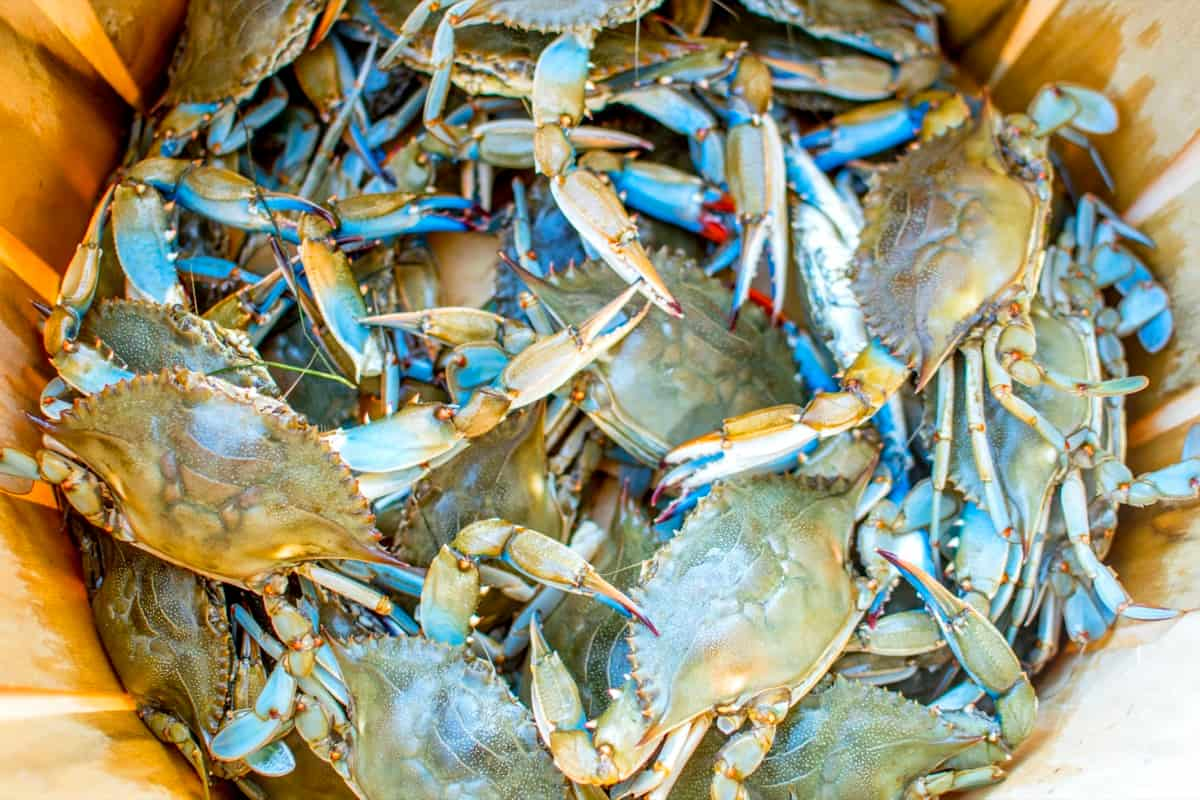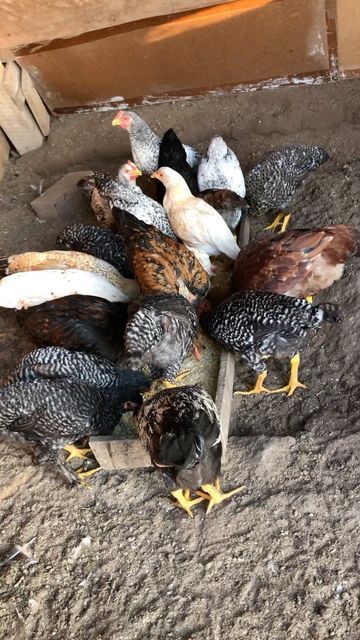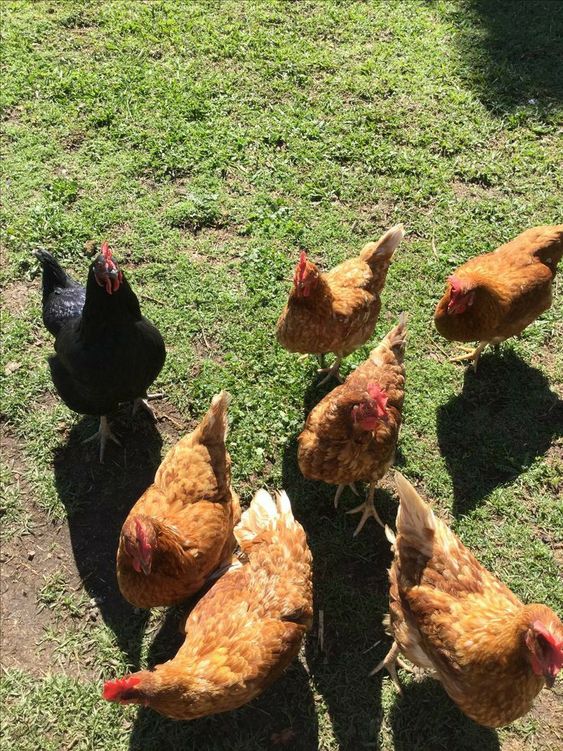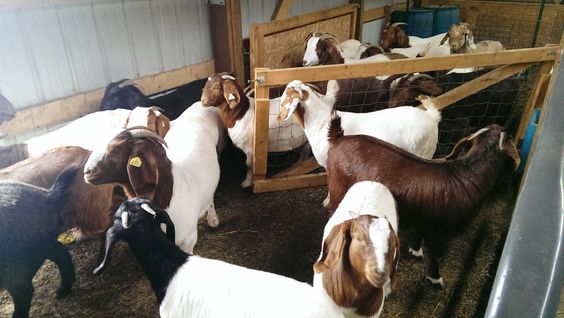Delving into the World of Crab Farming: A Comprehensive Guide
Crab Farm, a highly sought-after delicacy across the globe, finds its way to our plates thanks to the intricate world of crab farming. This specific branch of aquaculture, also known as crab husbandry, involves raising crabs in controlled environments for commercial purposes. Let’s delve deeper into this fascinating field, exploring its various aspects, considerations, and potential impact.
Types of Crab Farming:
Crab farming encompasses several methods, each tailored to specific crab species and environmental conditions. Here are the two prominent types:
1. Pond Farming:
- Traditional Method: This widely practiced method involves creating ponds in coastal or mangrove areas with access to brackish water (a mix of fresh and saltwater).
- Crab Culture: Young crabs, called “crabs,” are stocked in the ponds, where they feed naturally on algae, detritus (decomposing organic matter), and small animals.
- Management Practices: Maintaining water quality through regular monitoring and aeration is crucial, along with controlling predators like fish and birds. Pond farmers may also supplement the crabs’ diet with commercially prepared feeds to accelerate growth.
- Species: Mud crab (Scylla serrata) is the most commonly farmed species in this method, followed by blue crab (Callinectes sapidus) and others.
2. Intensive Crab Farming:
- Modern Approach: This method leverages controlled environments like tanks or raceways to raise crabs. It offers advantages like higher stocking density, improved water quality management, and reduced dependence on natural food sources.
- Controlled Environment: Temperature, salinity, and water quality can be precisely controlled to optimize growth conditions.
- Feeding: Crabs are fed commercially prepared feeds formulated to meet their nutritional needs.
- Species: This method is often used for soft-shell crab production, where crabs are harvested just after molting when their shells are soft and considered a delicacy.
Considerations for Starting a Crab Farm:
Setting up a successful crab farm requires careful planning and consideration of several crucial factors:
1. Location:
- Proximity to Source: Access to healthy crab seed (juvenile crabs) is essential, often requiring proximity to natural habitats or hatcheries.
- Water Quality: Consistent access to clean, well-oxygenated brackish water is vital for crab survival and health.
- Regulations: Obtain necessary permits and ensure compliance with local environmental regulations regarding water use and aquaculture practices.
2. Species Selection:
- Market Demand: Research the market demand for specific crab species in your region to ensure profitability.
- Environmental Suitability: Choose a species suited to the available environmental conditions and water quality.
- Farming Experience: Consider your experience level when selecting a species; some species require more intensive management than others.
3. Infrastructure:
- Ponds or Tanks: Ensure proper construction and maintenance of ponds or tanks, depending on your chosen farming method.
- Water Management System: Implement a system for monitoring and maintaining water quality, including temperature, salinity, and oxygen levels.
- Feeding System: Depending on your chosen method, invest in an appropriate feeding system for delivering prepared feed efficiently.
4. Management Practices:
- Stocking Density: Maintain a proper stocking density in your ponds or tanks to prevent overcrowding and ensure adequate space for growth.
- Health Monitoring: Regularly monitor crab health and watch for signs of disease or stress. Implement preventive measures and consult with an aquaculturist if necessary.
- Sustainable Practices: Adhere to sustainable practices such as responsible water management, minimizing waste discharge, and using eco-friendly feeds to maintain ecological balance.
Benefits and Impact of Crab Farming:
Crab farming offers several potential benefits:
- Economic Development: Creates income opportunities for farmers and contributes to local economies.
- Increased Food Supply: Fulfills the growing demand for seafood, particularly in regions where wild crab populations are declining.
- Improved Quality Control: Enables control over quality and hygiene aspects of crab production compared to relying solely on wild harvest.
However, it’s crucial to acknowledge the potential downsides and implement responsible practices to minimize negative impacts:
- Environmental Concerns: Improper pond management can lead to water pollution and habitat degradation.
- Disease Outbreaks: Intensive farming methods can contribute to the spread of diseases among crabs and potentially to wild populations.
- Overexploitation: Unsustainable practices can put pressure on wild crab populations if the demand is not met solely by farmed crabs.
Conclusion:
Crab farming plays a significant role in meeting the global demand for this delectable seafood. By understanding the types of farms, essential considerations, and potential impacts, individuals can contribute to responsible and sustainable crab farming practices, ensuring a viable future for this industry and protecting the delicate balance of our ecosystems.






